Focusing on a forgotten history, Baruti and Cassiau-Haurie recount a tale of a friendship in the Belgian Congo between a Royal Belgian pilot and a native of Africa – a black man claiming to be the son of famed Scottish explorer David Livingstone. The creators explore the colonial mindset and its impact on the local population in Madame Livingstone: Congo, The Great War.
Gaston Mercier is an officer piloting a Short Admiralty 184 seaplane, stationed in the Belgian Congo (now the eastern region of the Democratic Republic of the Congo). Tasked with finding a German warship, the Graf von Götze, in order to gain control of the massive Tanganyika lake in Central Africa, he befriends Madame Livingstone, a kilt-wearing native claiming to be the son of David Livingstone.
Together they traverse the Congo river and Lake Tanganyika on a reconnaissance mission, while Mercier comes face to face with the ugly results of European colonialism and the colonists’ treatment of the indigenous population.
Writer Christophe Cassiau-Haurie focuses on Mercier as our gateway into these historical proceedings, but it is Madame Livingstone who becomes the most interesting character during the course of this one-shot bande dessinée.
His charm, sage thinking and clear outlook on the occupation of the Congo effectively erode Mercier’s naive outlook on the sociocultural intricacies of colonial life. Cassiau-Haurie is rather subtle about this, with statements that are often more implied than spoken out loud.
All of this sounds rather heavy-handed, but the celebrated Congolese artist (and musician) Barly Baruti manages to lift some of the heaviness with his spacious layouts and colourful art, using pen and watercolors and evoking the spirit of Hermann.
Although there’s still some work on the facial features and figures that seems a bit formulaic to me, the artist quite clearly translates Cassiau-Haurie’s complicated characters into real life-like protagonists. Every character has a distinctive design, and it is quite clear that this world has been thoroughly researched. On top of that, Baruti’s scenes of nature are nothing if not vivid and breathtaking.
Another book perfectly timed for the 100th anniversary of the Great War, like Les Folies Bergére by Zidrou and Francis Porcel, Madame Livingstone: Congo, la Grande Guerre highlights an often overlooked chapter of the Great War: the African battlefield.
Christophe Cassiau-Haurie and Barly Baruti unfold a human drama where respect and integrity are hard-earned traits and where prejudices are shattered. Even though the execution of the story is rather by-the-numbers and there are hardly any surprises in its character arcs and story beats, Madame Livingstone is still worth a read for its unique and humanising angle on colonisation.
Madame Livingstone: Congo, la Grande Guerre, by Christophe Cassiau-Haurie & Barly Baruti, is published in French by Glénat. It is a full-colour hardcover graphic novel counting 128 pages and retailing for €22.50. This review was based on the Dutch edition, published by Ballon Media.





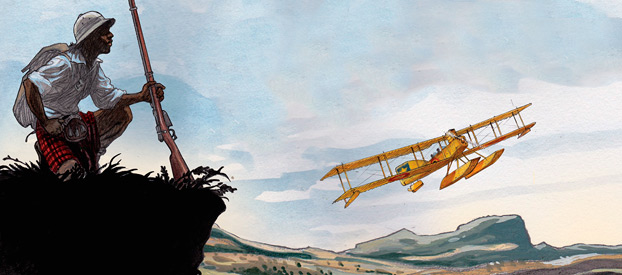
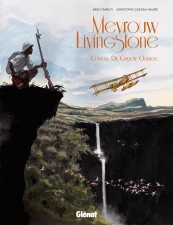
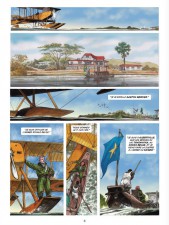
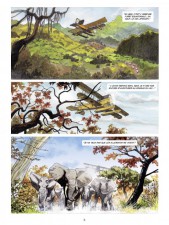
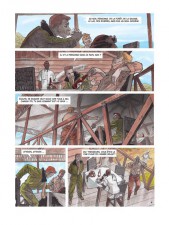
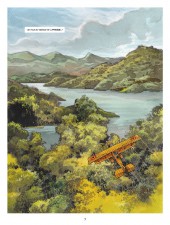
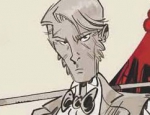



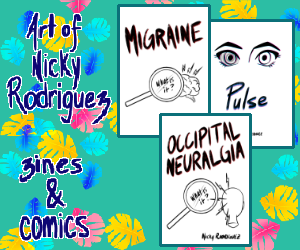





Madame Livingstone: 0n en parle, on en parlera…